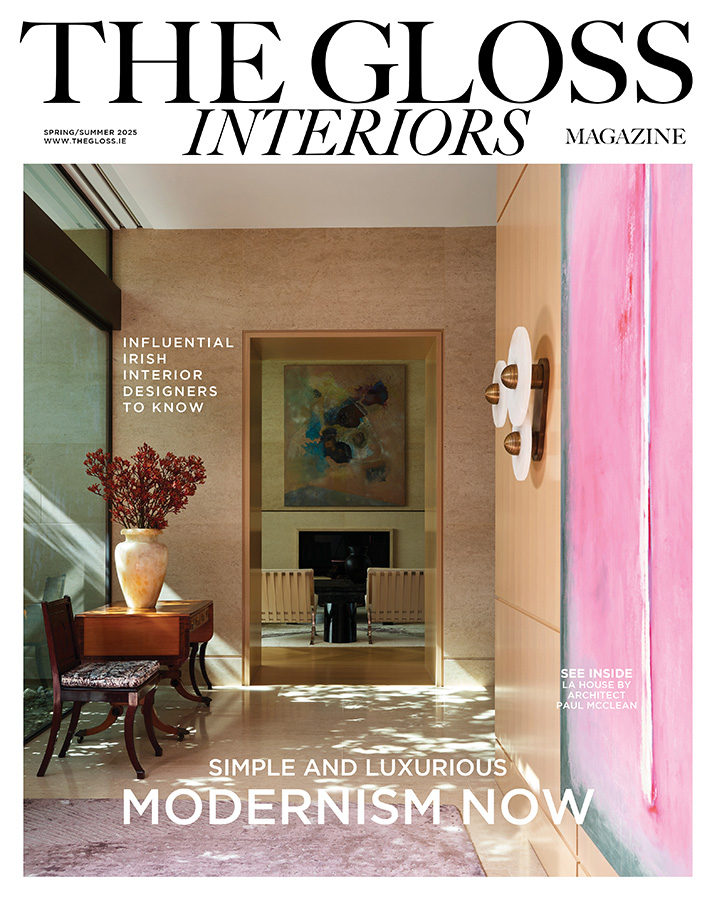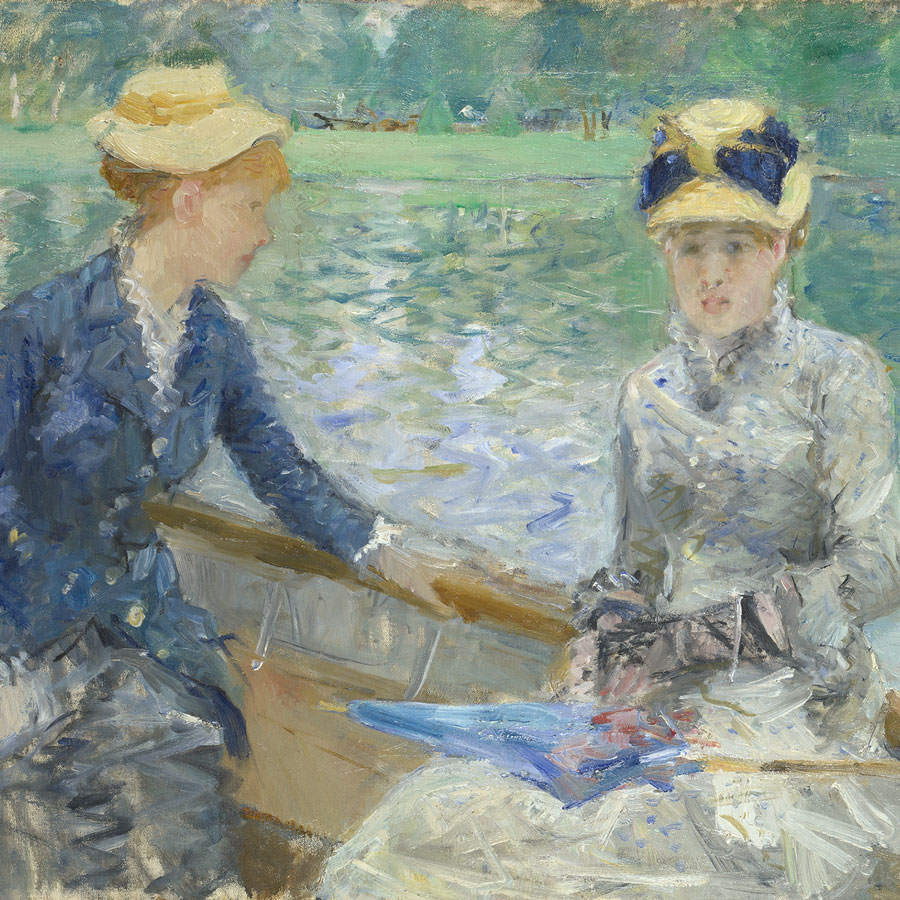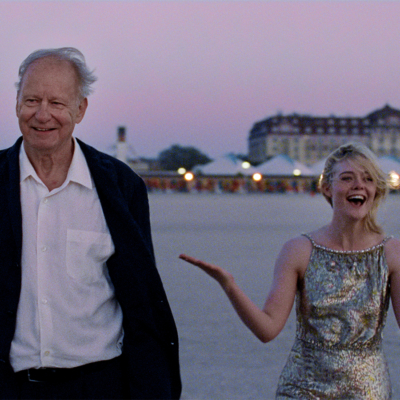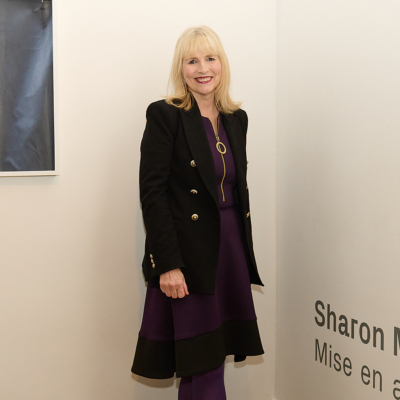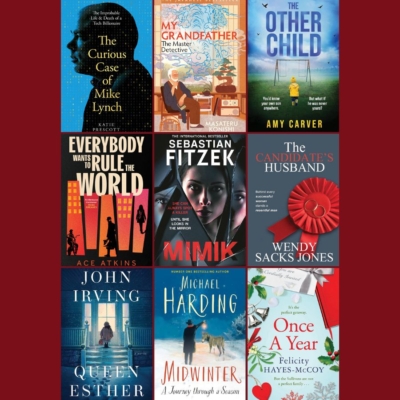Janet McLean, Curator of Modern Art at the National Gallery of Ireland previews the new summer exhibition “Women Impressionists” …

Berthe Morisot, Le Corsage Noir, 1878.
Image credit: National Gallery of Ireland Collection. Image, National Gallery of Ireland.
This year marks an important milestone for Impressionist art. How do you define Impressionism and how did it differ from other genres?
In April 1874, the Impressionists came together to hold their first exhibition in Paris. There were 165 works of art in the exhibition. The 30 exhibitors included Claude Monet, Camille Pissarro and Paul Cézanne. Berthe Morisot stood out as the only woman.
At that time, the official Salon endorsed a hierarchy that prized academic art. This type of art was typically narrative, large in scale, and highly finished. By contrast, the Impressionists painted scenes from modern life. They used lighter colours and left their brushstrokes visible to suggest that they had painted on the spot.
Impressionism is one of the most popular movements in western art. Given its familiarity, it is almost impossible to convey how radical it was when it first appeared and how deeply it shocked and even infuriated many critics. The Impressionists would never have imagined how appreciated their art is today.
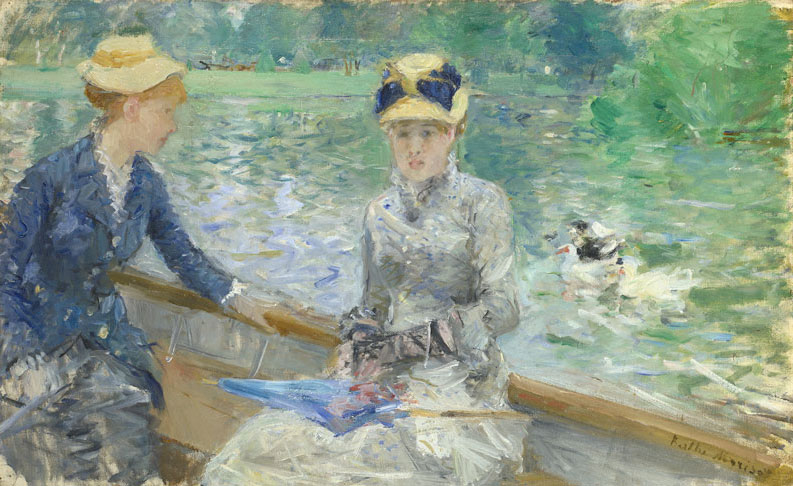
Berthe Morisot, Summer’s Day, 1879.
Image credit: © The National Gallery, London.
The new exhibition is remarkable in that it focuses on female artists. Who were some of the main female Impressionist artists?
“Women Impressionists” marks the 150th anniversary of the first Impressionist exhibition. It highlights the four ground-breaking women who were integral to the movement. They were the French artists Berthe Morisot, Eva Gonzalès, and Marie Bracquemond, and the American artist Mary Cassatt.
From 1874 to 1886, there were eight Impressionist exhibitions in total. Morisot, a founding member of the group, exhibited in seven, Cassatt in four and Bracquemond in three. Gonzalès did not exhibit with the group and preferred to continue to show her work at the Salon. The first painting she exhibited there, Enfant de Troupe, 1870, (Musée de Gajac, Villeneuve-sur-lot) is included in the Gallery’s exhibition. Each of these women had to navigate complex personal and professional relationships to make, exhibit, and sell their art. They took different approaches depending on their social backgrounds and circumstances. While their subject-matter and style share characteristics, they took very distinct approaches to Impressionism.
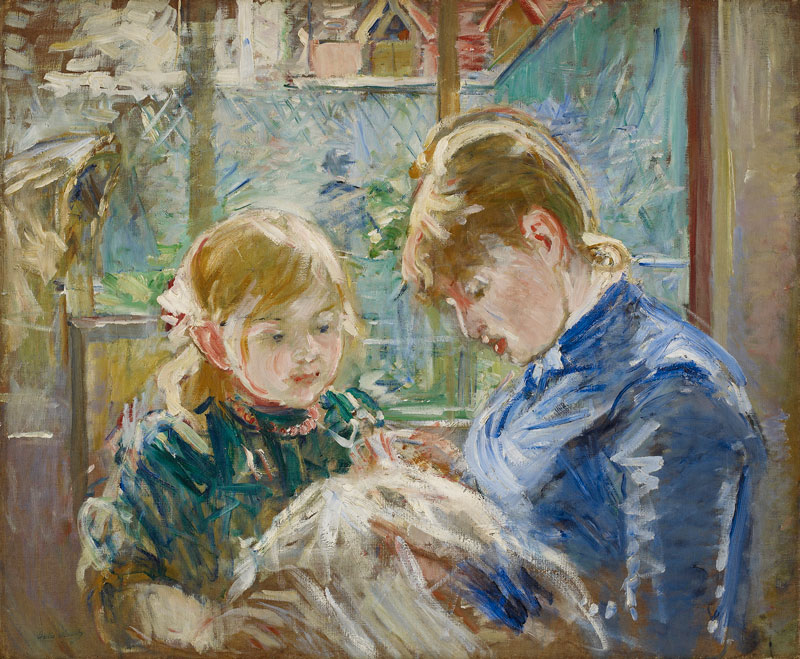
Berthe Morisot, The Artist’s Daughter, Julie, with her Nanny, c. 1884.
Image credit: Minneapolis Institute of Art. Licenced under CC BY 4.0.
What are some of the highlights of the exhibition?
One of the highlights is Berthe Morisot’s Eugène Manet and his Daughter at Bougival, 1881, (Paris, Marmottan Monet Museum, Annie Rouart bequest, 1993. Inv. 6018). Morisot painted this picture in Bougival, a fashionable suburb on the Seine, where she spent many happy times with her family. Her husband Eugène Manet sits on a garden bench while their daughter, Julie, plays with the toy village resting on his lap. Manet was supportive of Morisot’s work, and he often modelled for her. The relaxed intimacy of this scene exemplifies the modern nature of their relationship.
Other exceptional works are prints by Mary Cassatt depicting the lives of modern women on loan from The New York Public Library. Cassatt began making monochrome prints in the late 1870s. She was ambitious and inventive in her approach. In 1890, a large exhibition of Japanese ukiyo-e colour woodblock prints was held at the École des Beaux-Arts in Paris. These prints depicted scenes from everyday life. The compositions were cropped and asymmetrical and the perspectives flattened. They simplified detail and included areas of empty space, decorative patterns. The exhibition had a profound impact on Cassatt and in response; she made colour prints depicting Parisian women at home and in the city.
We are pleased to display paintings by Marie Bracquemond, who is perhaps not as well-known as the other artists. Her painting On the Terrace at Sèvres, 1880, (Association des Amis de Petit Palais, Genève) depicts two elegant women and a man sitting at leisure on a terrace. The artist’s sister, Louise Quivoron, modelled for both women in the painting. Bracquemond painted open-air scenes in the privacy of her home and garden and rarely, if ever, in public spaces. Her technique was meticulous and time-consuming with the result that her oeuvre is relatively small. She loved the work of Claude Monet, and her son, Pierre, said that she was obsessed with studying the changing effects of sunlight on the colour white.
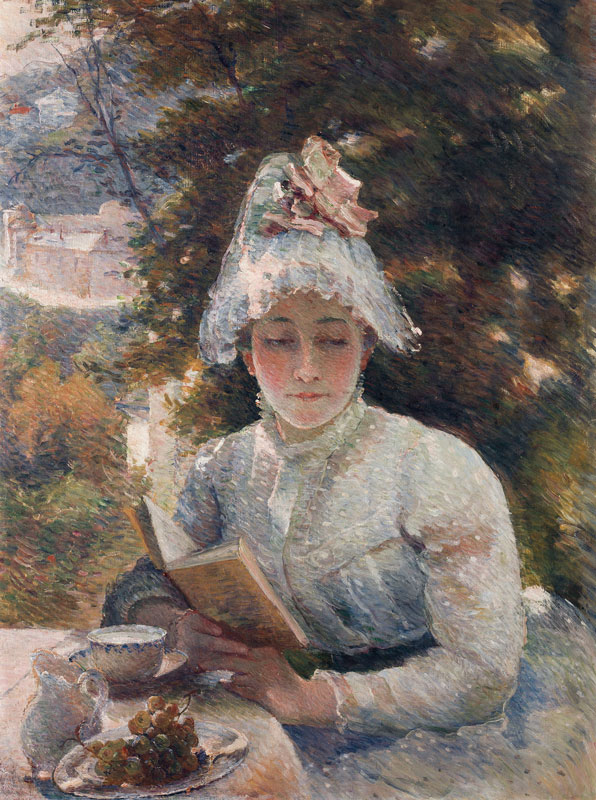
Marie Bracquemond, Le Gouter, c.1880.
Image credit: Association des Amis du Petit Palais, Genève. Photographer: Studio Monique Bernaz, Genève.
Have you any favourite artworks within the exhibition and why?
I don’t have a favourite but I do have a special love for the paintings of Berthe Morisot. I think she was an exceptional artist; bold, curious, and inventive. I especially love how she leaves areas of her canvases unpainted and adds seemingly random touches of electric blue to figures and objects. Her painting The Port of Gorey (1886) generously on loan from a private collection in Dublin was a revelation to me. Morisot painted it on holiday on the island of Jersey, looking from a high vantage point over fields and rooftops to the sea. The composition is divided into horizontal bands. Morisot’s fluid brushwork and touches of unblended colour create movement and light within these bands. The painting has an almost abstract appearance that was exceptionally innovative at the time.

Eva Gonzales, Children on the Sand Dunes, Grandcamp, 1877-78.
Image credit: National Gallery of Ireland Collection. Image, National Gallery of Ireland.
Any notable extension activities inspired by the exhibition?
We are running an exciting education, learning and events programme inspired by the exhibition. This will include expert talks and family workshops and will also feature opportunities for visitors to create their own artworks. “Plein-air” outdoor painting workshops with artist Dave West will take place on select Thursdays in July and August, and in our Education Studio (open Tuesday-Saturday, July 16 – 17 August) artist Sarah Ward will be leading the exploration of the theme of “untold stories”. The Open Studio will address underrepresented and lesser-known artists in the collection, while also drawing connections with the Women Impressionists exhibition. Considering women Impressionists from their unique perspectives and practices, our facilitators will create a dynamic environment encouraging visitors to engage, experiment and make. The full programme is available to view on the Gallery’s website.

Mary Cassatt, Le bain, 1910.
Image credit: CC0 Paris Musées / Petit Palais, musée des Beaux-Arts de la Ville de Paris.
Need to Know: “Women Impressionists” opens at the National Gallery on June 27 until October 6; www.nationalgallery.ie




